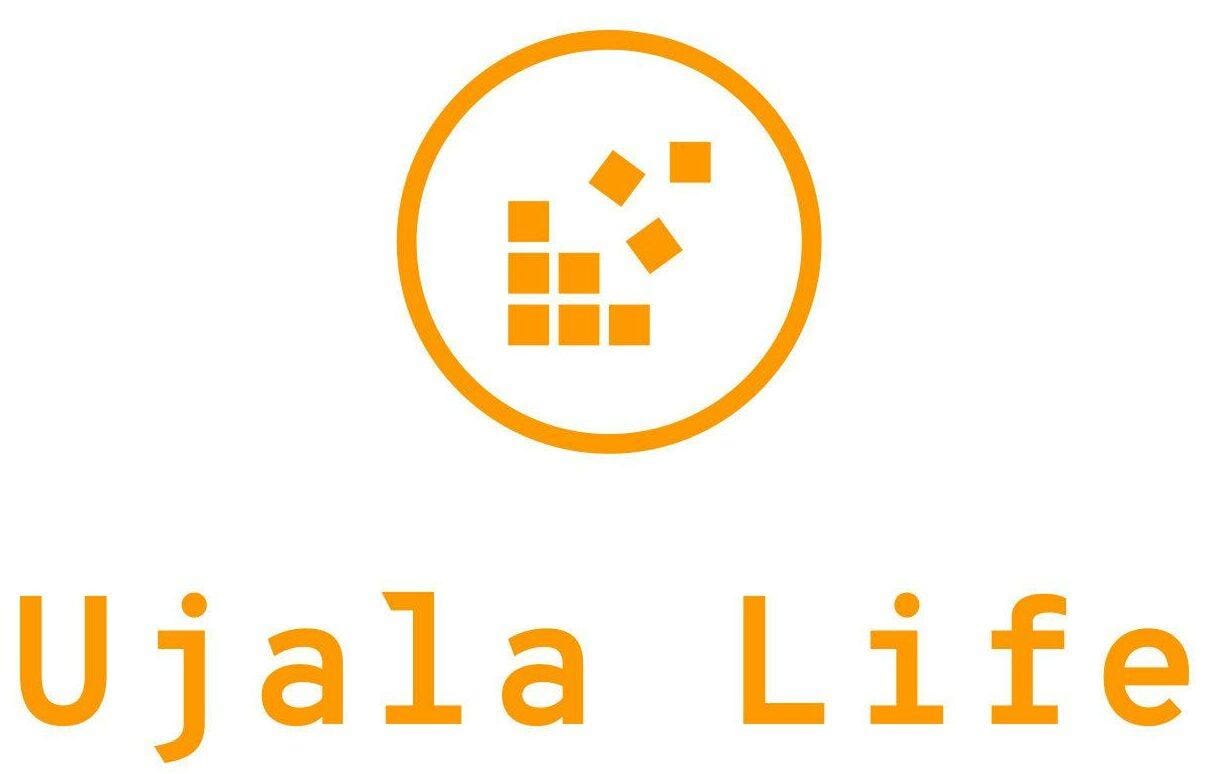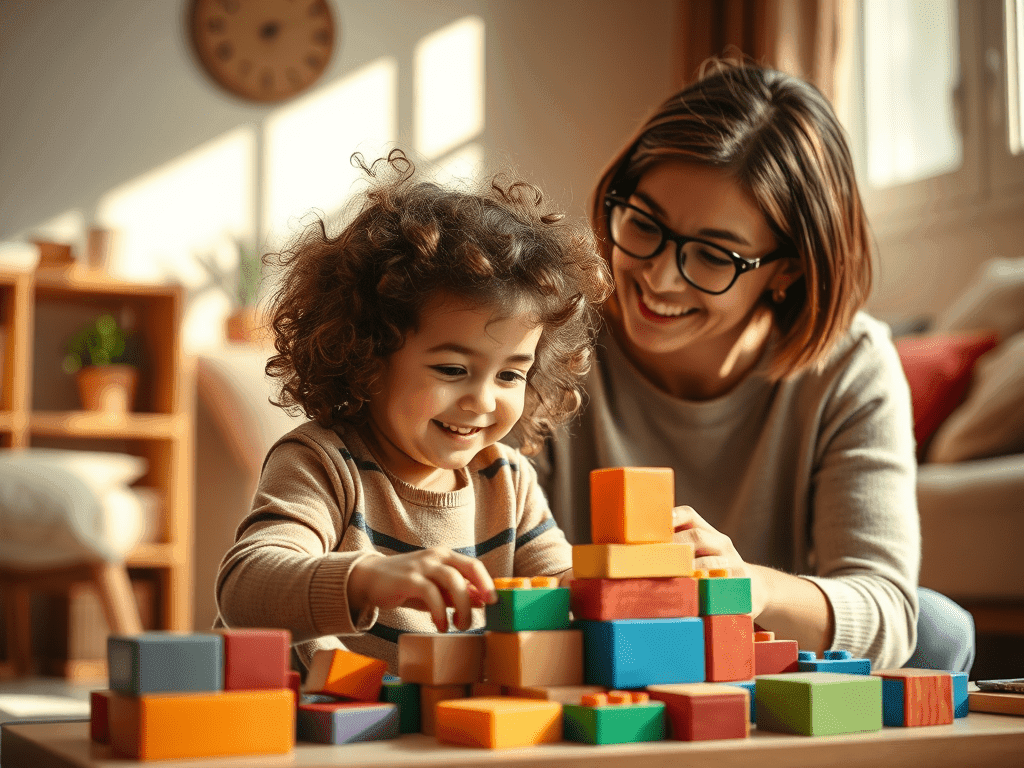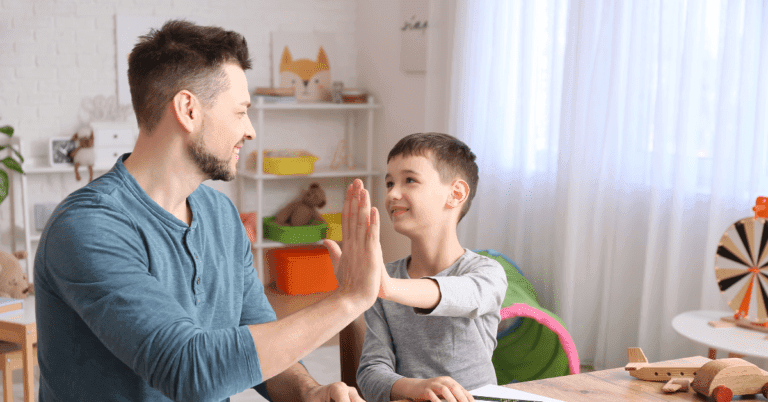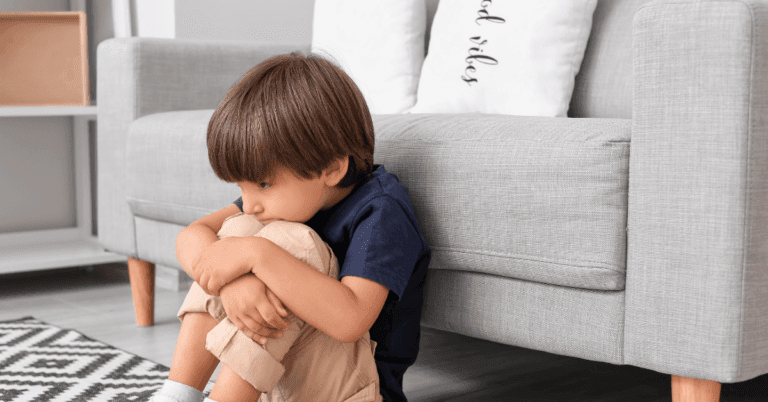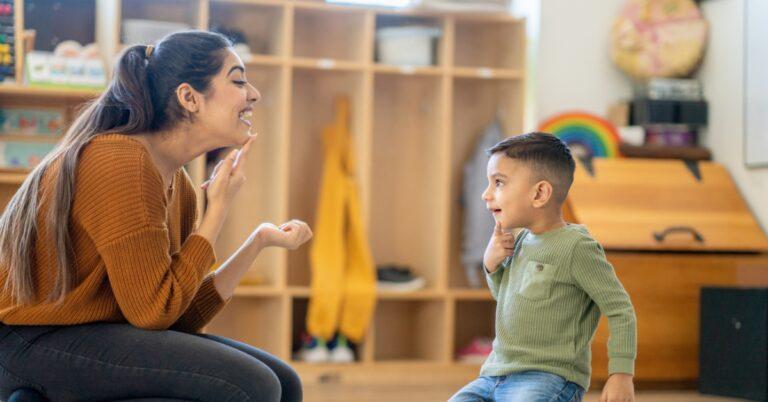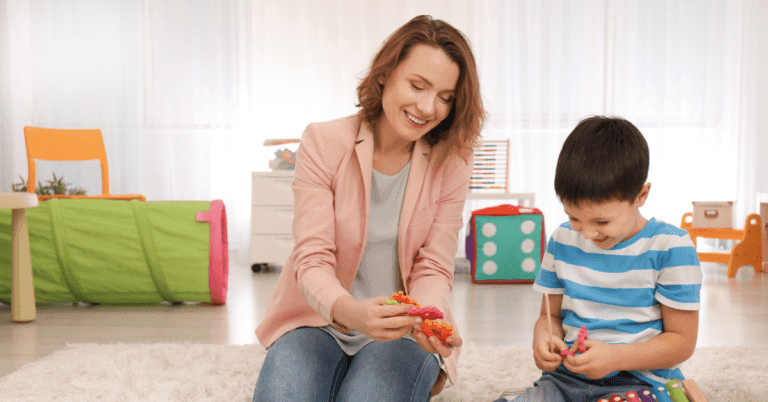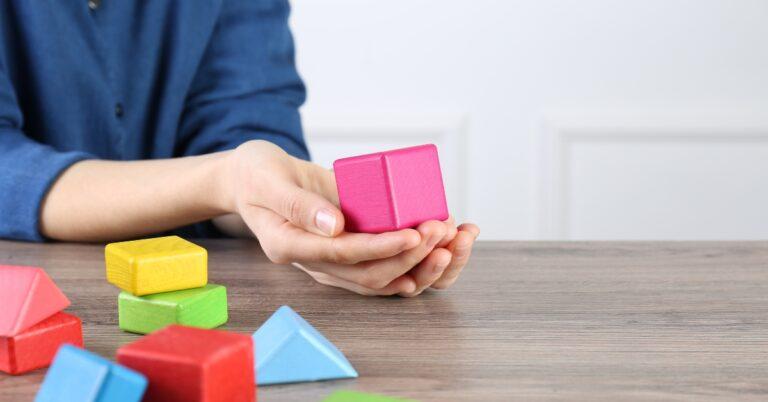The Power of Play: How Naturalistic ABA Therapy can Enhance and Emphasize Learning
ABA therapy, also known as Applied Behavior Analysis therapy, is an approach. It helps individuals learn new skills. It reduces challenging behaviors, especially for those with autism. But what if learning happens at the same time as play? That is where naturalistic ABA comes in. This technique is child-led and is flexible while happening in real-life settings. Many parents want therapy that works, but it also feels natural and fun. Naturalistic ABA helps to bring just that.
What is Naturalistic ABA Therapy?
There are several different aspects of naturalistic ABA therapy. This technique is more flexible and child-initiated. This helps the child to be more engaged in the activities being performed. This type of therapy is embedded in play and daily routines to help the child feel at ease. Some common models include:
- Pivotal Response Treatment: An intervention that focuses on teaching and reinforcing pro-social behaviors
- Incidental Teaching: Capitalizes on everyday situations and activities
- Natural Environment Teaching: Teaches skills in the home or school rather than a clinical setting.
How Naturalistic ABA Enhances Learning
Using this technique helps to enhance learning in a few different ways.
- Motivation Through Interest
This helps kids to stay more engaged when they can choose their own activities. This is different toys, coloring, puzzles, or even bubbles. It helps them to stay eager to learn.
- Contextual Learning
Skills are being taught in places that they are used to like their home or school. By having skills taught in a familiar setting children are more to continue to use and develop these skills. This helps the learning to really stick.
- Better Generalization
Skills can be more easily transferred to new environments when they are learned in a known environment.
- Stronger Relationships
Collaborative play helps to build trust between children and adults. It creates a stronger connection with their therapist, teacher, or even parents.
Real-Life Examples of Naturalistic ABA in Action
Naturalistic ABA Therapy can happen anywhere:
- Playtime: Using favorite toys and teaching labeling, requesting, or taking turns.
- Mealtime: Teaching how to ask for food or how to have social interactions
- Park Visits: This is an opportunity to teach reading signs or obeying instructions.
- Social Aspects: There is also reinforcing eye contact during conversations while playing with toys.
Naturalistic ABA is still data driven nonetheless. The use of data is to help track progress. This helps to guarantee that the techniques being used are as effective as they should be.
Encouraging Caregivers to Continue the Learning
There are ways that families can be involved in the therapy process as well. This technique often has a focus on caregiver training as well. This training allows for parents to get training in how they can implement the activities throughout their daily routine. This can be helpful to encourage more learning moments throughout the day. Having the extra consistency can help to make any transitions easier and bridge the gap between therapy and home life.
Common Misconceptions
There are some common misconceptions for this therapy technique as well. It seems like it is just solely play and there is no method to it, but that is false. Everything is intentional and goal directed. There is a reason for the use of toys and fun activities. It is not unstructured either. While yes, the method is very flexible. Therapists are still collecting data and adhering to a plan. It just has more openness to it. Both of these misconceptions are false and there is reasoning behind why it is structured this way.
Conclusion: Making Learning Meaningful
Naturalistic ABA is a powerful and effective approach that helps young children learn through play, daily routines, and real-life situations. For children ages 2 to 6, this type of therapy makes learning feel fun. It is engaging and meaningful, so skills are more to stick. They are also more likely to be used in everyday life. It also empowers parents by showing how simple moments—like mealtime, playtime, or getting dressed—can become opportunities for growth.
At Ujala Life, our ABA services are designed with your child’s age and development in mind. We partner with families. Together, we create personalized strategies that blend naturally into your day. This approach makes learning feel less like therapy and more like life. We’re here to support your child in building communication. We help in improving social skills. We also encourage independence. We’re here every step of the way to support both your child and you.
With naturalistic ABA and the right support, your child can make meaningful progress every day, right at home.
